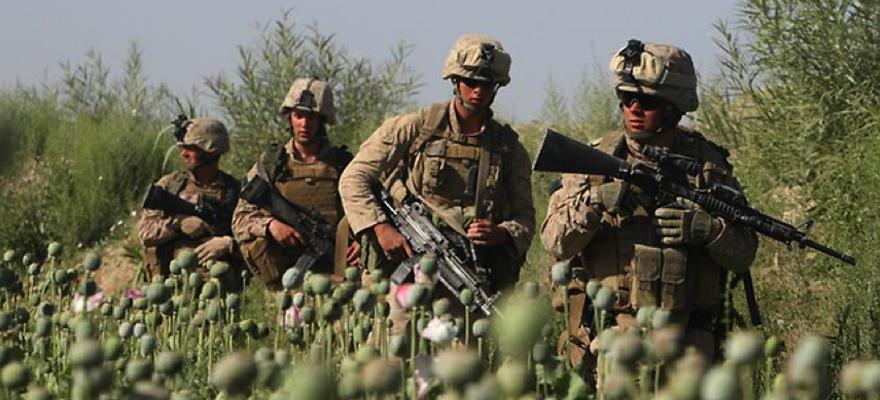Since the start of the century society has experienced a clear relationship between the amount, type and use of illegal drugs and the many wars across the world. One such example of the effect was the global shortage in heroin peaking during the Afghanistan war in 2005.
Whist it may appear strange to have a global shortage of an illegal drug, what often occurs with war is an interruption to the transportation network leading to a decreased supply until a point where supply is so low and prices are so high that an alternative drug is substituted. In the case of world Heroin users, many switched to M-Cat (Crystal Meth) a synthetic drug that could be produced freely with household chemicals at low cost. Not only did this lead to a sharp rise in adverse drug reaction deaths for heroin abusers, but its low price led to a new generation of drug users, those that had never used heroin, yet were enticed by low prices.
Another drug that is on the rise by desperate individuals is called Krokodil (Desomorphone). Krokodil has been coined the worlds most dangerous drug and a quick Internet search will show you why. Within a few short months of use your body is eaten away from the inside out. Not surprising when you consider the drug is a combination of codeine and petrol. This raises one key question; what is the real state of life in our communities and across the world when individuals will knowingly consume such a substance? A substance that will leave parts of your body looking like you are the center stage in a horror movie?
There is no question that one of the reasons for the rise in these new drugs was due to war restricting supply of heroin showing us a deeper issue to explore; the fact that people will always find a substitute – but a substitute for what? The real focus perhaps needs to be on exploring the reasons for the drug use and from there supporting individuals to heal this – that way the chances of transferring to other drugs may greatly diminish.What many people may not be aware of is just how valuable the global drugs market is. In 2003 the value of heroin coming out of Afghanistan had a street price of $53billion per year. Whilst this dropped off during the middle of the war, since the end of war the yearly street price of heroin in Afghanistan has now exceeded $93billion.
After years of war, fighting and an apparent focus on stopping corruption, the profits being made from drug sales have nearly doubled.
We are at a time when the war is meant to be over, a time where we should have ceased fighting yet we are consuming a far greater quantity of drugs - not only are we consuming increasing amounts of substitute drugs but we are now consuming significantly higher volumes of the drugs that were in short supply during the war. The drug trade was thought to be responsible for funding much of the militant activity in Afghanistan so what happened to drug production during the war?Since 2001 the foreign military agreed to protect the opium fields, used to create heroin, in exchange for easy access throughout Afghanistan. This was done to appease farmers and government officials who may otherwise have turned against them. Therefore a deal was done to give the highest chances of winning the war but one that has perhaps contributed to the reason why we are failing with the war on drugs on home soil. The cost of drug rehabilitation in the US economy has increased 20 fold during the same period.
It seems logical that if the 154,000 hectares of opium fields in Afghanistan had military protection then yields would flourish. There appears a direct relationship between war and the global drugs market. One that many of us were unlikely to be aware of yet a relationship that shows us things actually get worse. In an effort to win one war we end up losing another. Perhaps as a society we need to start to look at the whole picture when we claim success in war?

